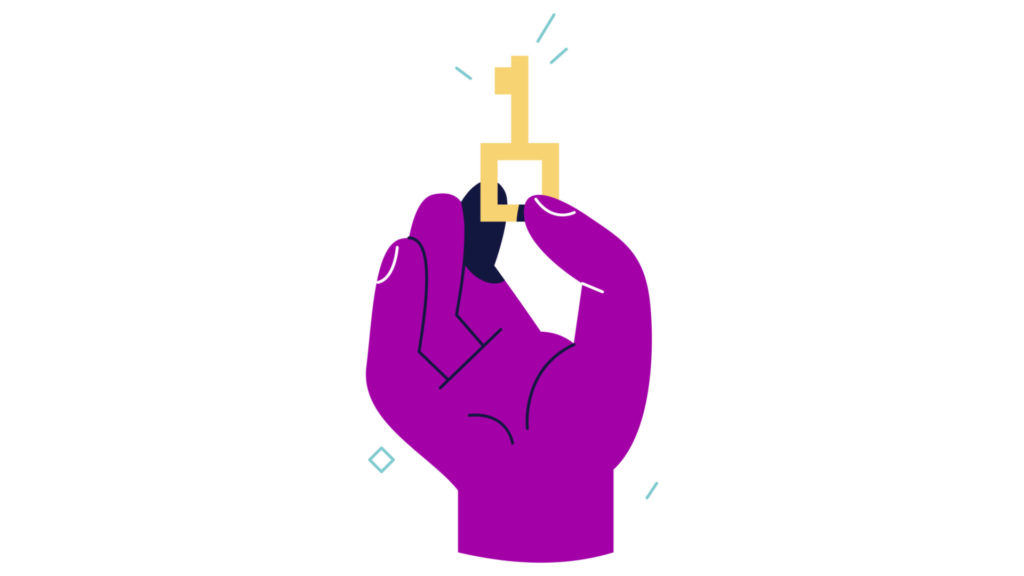Are you looking for the best tools to create online courses? If so, you’re in luck! In this blog post, we will take a look at some of the best hardware and software options available.
Technology has really evolved over the last decade in our favour, its pretty simple to leverage it and create an effective and professional looking online course, especially if you want to create your own.
It also can be cost effective too! You can have a beginners budget of a couple hundred dollars, or a grander studio budget. Having either and using the right equipment can make it possible to create an online course that will attract students from all over the world.
The Archy Learning Team has searched far and wide, and undergone a lot of hands-on research to put together a full list of the best and most popular hardware and software that content creators are using for their online courses.
We have organised all of these recommendations into categories:
- Microphones
- Screen & Video Recording
- Additional Accessories
Within the categories themselves, we have listed the recommended products and programs starting from least expensive up to the most expensive.
There is definitely something in this for everyone!
We should also mention that you should not feel pressured to buy the best and most expensive equipment and software for your course.
Many course creators that we have interviewed who have been successful in creating their own online courses are using very basic setups that weren’t super expensive – and we believe that you can do this too!
Once you launch your course, and the revenue starts to come in, feel free to use your earnings to purchase equipment that is higher quality. From there you can go in and rerecord your videos, and gather feedback from your students.
One step at a time. What matters most is that you simply start.
Each option has its own unique benefits, so it’s important to choose the one that is right for you. Let’s get started!
Microphones
You courses can be presented in a variety of ways, from video tutorials, to audio only, screen shares, live videos, or video replays.
Regardless of the content, if any type of audio is involved, then make sure you have a good microphone to record your voice. It doesn’t matter how fantastic your content is, if the delivery isn’t of quality, your students will not have a great learning experience.
In summary, get the best microphone that you can. We definitely don’t recommend using the microphone that is built into your laptop or mobile phone.
There are also two different types of microphones:
- Condenser- pick up all background noise, so only use these if you are able to record in an enclosed space with minimal background noise during the recording.
- Dynamic- These are great for drowning out background noise. Use these if there is any kind of activity while recording.
In general, you should aim to record in quieter places, regardless of the microphone type, however this can’t always be controlled. Make sure you purchase a microphone that will be able to deliver quality sound, with your recording environment in mind.
Here are a few microphones that we recommend:
1. Logitech – H390 USB Headset with Noise Canceling Microphone
Click here to view this headset on Amazon
2. Blue Snowball
Click here to view this microphone on Amazon
3. Samson Meteor
Click here to view this microphone on Amazon
4. Audio-Technica ATR 2100
Click here to view this microphone on Amazon
5. Blue Yeti
Click here to view this microphone on Amazon
6. Rode Podcaster Dynamic Mic
Click here to view this microphone on Amazon
Lavalier Microphones
Another type of microphone for you to consider are Lavalier microphones, also known as lapel microphones, and you can use them to specifically record live videos. An example of using one would be when you would like to speak directly to the camera and don’t want to have to hold the microphone up close while you are speaking.
A lavalier microphone will help you present to a camera and still maintain great quality audio. The microphone will hardly be visible by the camera, and you will be able to use your hands as well!
Here are a few options:
1. Stony-Edge Mobile Condenser Lapel
Click here to view this microphone on Amazon
2. Rode smartLav+ Lavalier Microphone
Click here to view this microphone on Amazon
3. Rode RodeLink FM Wireless Filmmaker System
Click here to view this microphone on Amazon
Microphone Accessories
Once you choose the microphone that you will be using to record, we would recommend purchasing a few accessories that will help with the set up and audio quality.
Examples such as pop filters and foam balls that can help prevent particular noises such as popping sounds that can occur when air gets pushed out of your mouth and hits the microphone in use.
If you’re recording while you’re sitting at a desk, microphone scissor arms should help you be able to adjust the height of your microphone, and you will be able to sit up straighter, or even stand up while speaking, if you prefer to do so. Foam wedges can actually help to reduce echoes in the room as well.
1. Foam Ball
Click here to view this product on Amazon
2. Pop Filter
Click here to view this product on Amazon
3. Suspension Boom Scissor Arm
Click here to view this product on Amazon
4. Microphone Shock Mount
Click here to view this product on Amazon
5. Acoustic Panels Studio Foam Wedges
Click here to view this product on Amazon
Headphones
Headphones are pretty important during editing, as you’ll want to be able to hear the recorded audio with complete clarity. It’s also great when you record interviews with guests.
It is ideal that when you are interviewing, you should be listening to your guests through your headphones and also speaking into the microphone.
Here are a few headphone options:
1. Sennheiser HD 202 Professional Headphones
Click here to view these headphones on Amazon
2. Sony MDRNC7 Noise Cancelling Headphones
Click here to view these headphones on Amazon
3. Bose QuietComfort 25 Acoustic Noise Cancelling Headphones
Click here to view these headphones on Amazon
Screen Recording
If you’re not running live sessions, or if you have students that can’t make the live sessions, you can always record your computer screen and present your course content. We have listed below some of the most popular recording programs that you can use:
1. Screencast-O-Matic
Click here to learn more about Screencast-O-Matic
2. ScreenFlow
Click here to learn more about ScreenFlow
3. Camtasia
Click here to learn more about Camtasia
Video Recording
Online live video recording is very popular these days. To do this, you should ensure that you have a great webcam that will capture the content in the best format possible. You can use your smartphone, or the camera built into your computer of course, but if you’re looking for higher quality – digital cameras are the way to go. We’ve listed a few options below.
1. Logitech HD Pro Webcam C920
Click here to view this webcam on Amazon
2. Apple iPhone
Click here to learn about the iPhone on Apple
3. Canon EOS Rebel T5 DSLR Camera
Click here to view this camera on Amazon
4. Canon EOS 80D DSLR Camera
Click here to view this camera on Amazon
5. Nikon D810 DSLR FX-Format Camera
Click here to view this camera on Amazon
Lighting & Accessories
Once you have grabbed your mic and camera, you might be ready to go – but there are a few accessories that can help you maximise your recording quality. See a few that we love below:
1. Cell Phone Tripod Mount
Click here to view this product on Amazon
2. Demetory Ring Light for iPhone
Click here to view this product on Amazon
3. AmazonBasics Lightweight Tripod
Click here to view this product on Amazon
4. Logitech Wireless Presenter
Click here to view this product on Amazon
5. LimeStudio Photo Video Studio Light Kit
Click here to view this product on Amazon
Audio and Video Editing
Before uploading your videos into your learning management system (LMS), you’re going to want to go through the content and edit it.
The process may seem intimidating, and many course creators actually outsource this and delegate it to more of a professional, but there are a few ways you can do it yourself! The below listed are a few great editing programs you can use.
1. Audacity
Click here to learn more about Audacity
2. iMovie
Click here to learn more about iMovie
3. Apple Final Cut Pro
Click here to learn more about Apple Final Cut Pro
4. Adobe Premiere Pro
Click here to learn more about Adobe Premiere Pro
Summary
Online courses can seem daunting to create, but there are plenty of softwares and different types of equipment that you can use that can increase your quality, help you edit easily, and overall create a professional looking and sounding course that your students will enjoy all the way through.
For more blogs like this one, you can find them here. You can also begin creating your own online course for free here today!




